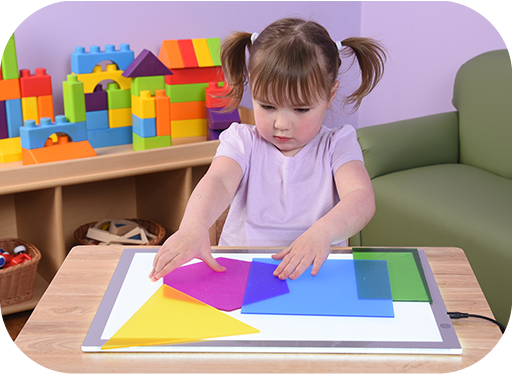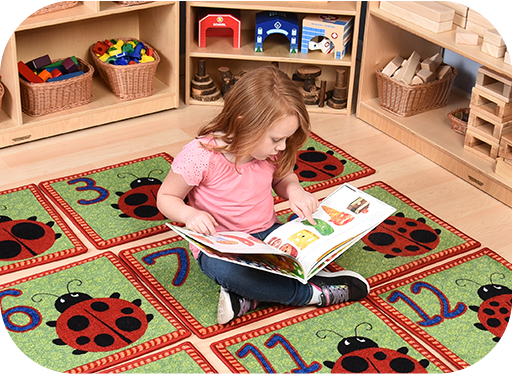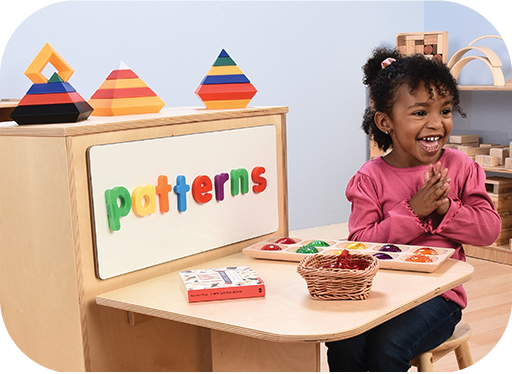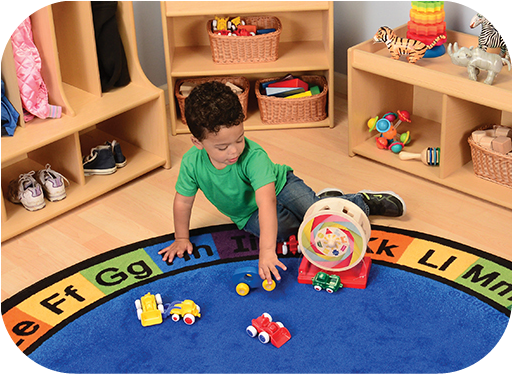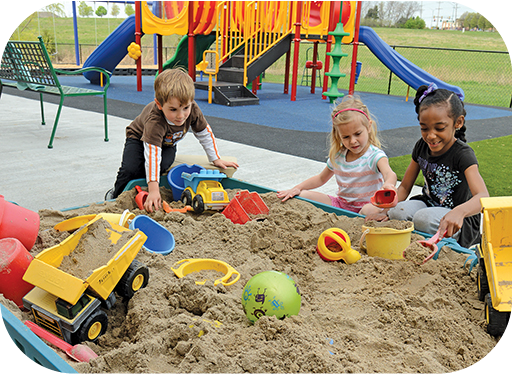
Meeting Diverse Learning Styles with Inclusive Spaces: Unlocking Learning Potential with the Mobile Sensory Play Kitchen
In the world of early childhood education, one size certainly does not fit all. Children come into the classroom with distinct learning styles, and it's our job to create an environment where each child can thrive. Today, we're excited to explore the versatile possibilities of the Mobile Sensory Play Kitchen, a remarkable tool that can adapt seamlessly to accommodate various types of learners.
Jamie from Play to Learn Preschool serves as an inspiring example of how this kitchen can be utilized effectively in the classroom. Her experiences align perfectly with our exploration today. We encourage you to read Jamie's insights in her blog titled 'Unlocking Imagination and Learning with the Mobile Sensory Play Kitchen'.
The Mobile Sensory Play Kitchen is not just a piece of equipment; it's a dynamic space within your classroom that can naturally engage visual, kinesthetic, auditory, and social learners. Discover how you can utilize spaces in your classroom to create an enriching learning environment for every child.
- Visual Learners
Visual learners are naturally drawn to what they can see. To cater to their learning style, use the Mobile Sensory Play Kitchen to create visually engaging experiences. Fill the mixing bowls with a vibrant array of materials, from colorful gemstones, to textured craft feathers. These visually stimulating materials will pique their curiosity and observation skills. Encourage them to compare and contrast the contents of different bowls, helping them refine their visual discrimination abilities. Visual aids, such as charts or diagrams, can also be employed to provide a visual roadmap for their activities.
- Kinesthetic Learners
Kinesthetic learners learn best through hands-on experiences and physical engagement. With the Mobile Sensory Play Kitchen, you can create opportunities for these learners to dive right in. Fill the mixing bowls with tactile materials like dough, foam, or textured translucent shells. These materials invite them to touch, shape, and mold, enhancing their sensory exploration. Incorporate movement-based activities such as pouring, stirring, or using pulleys and strings. These hands-on activities allow kinesthetic learners to engage physically with the sensory materials, fostering a deeper understanding of concepts. Provide an assortment of tools and utensils for them to manipulate the materials, encouraging active exploration and creativity.
Photo courtesy of Play to Learn Preschool- Auditory Learners
- Social Learners


